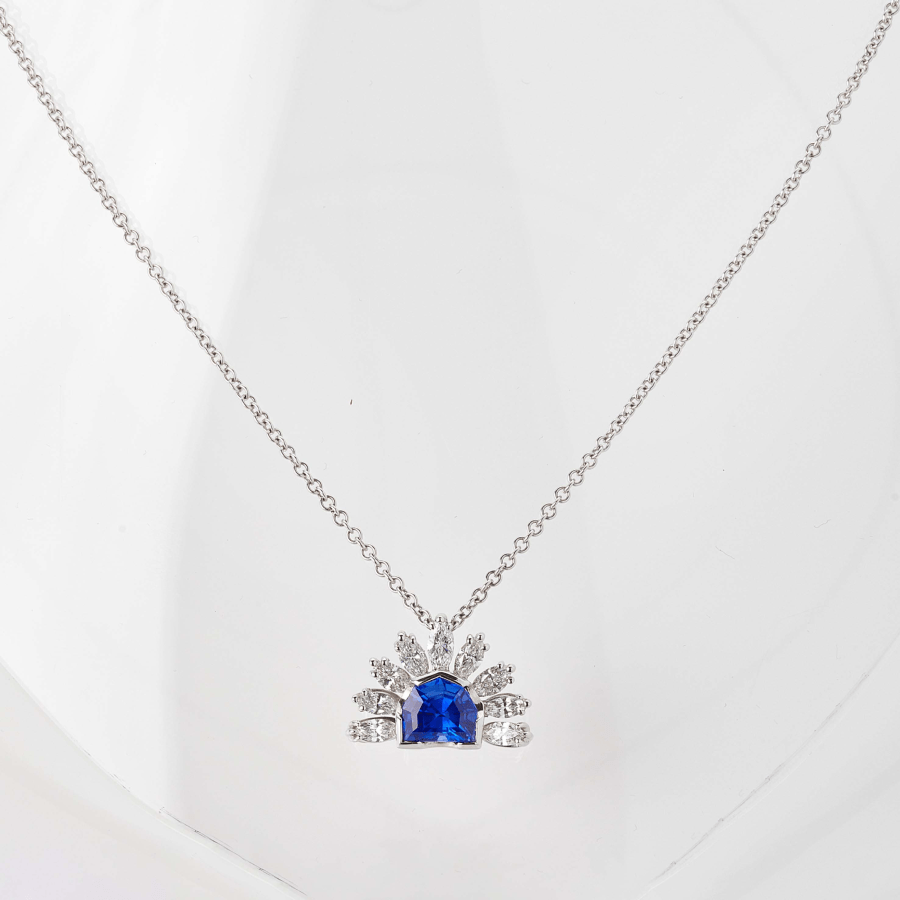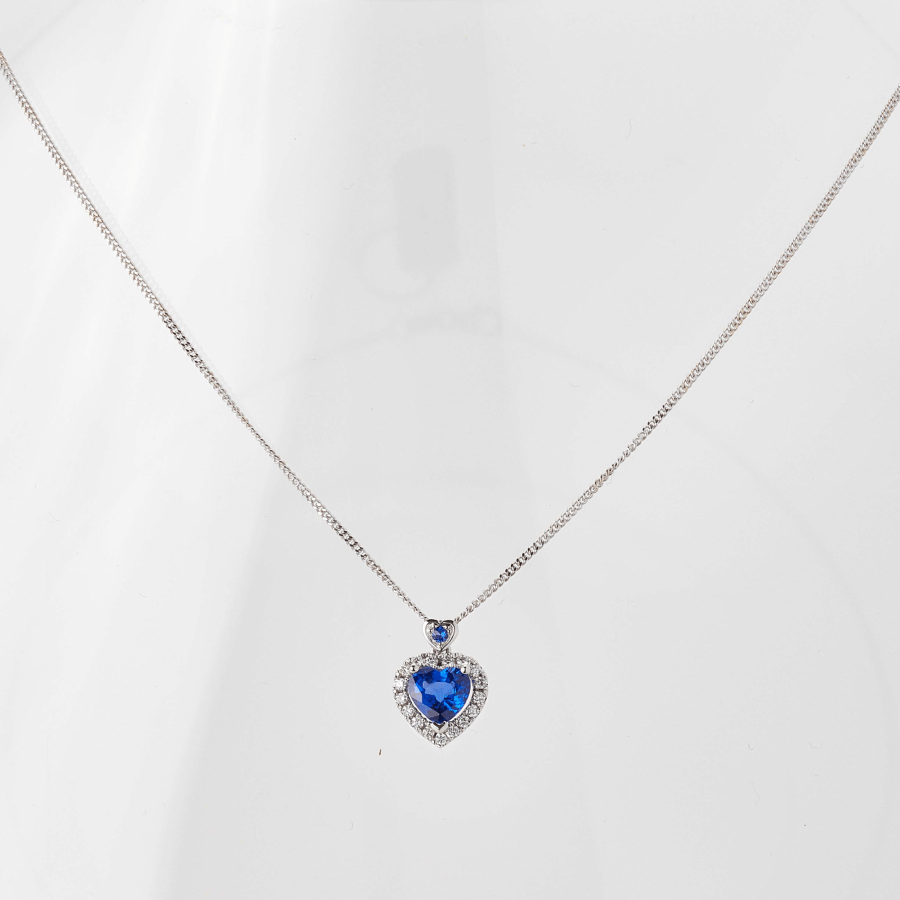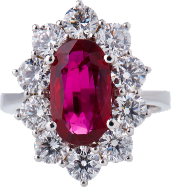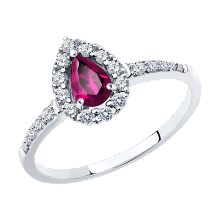PRECIOUS STONES
At Patilis, we have spent decades honoring our expertise in the realm of precious stones, sourcing only the finest and most exquisite gems from around the globe.
Each gemstone in our collection jewels tells a unique story, and it is our pleasure to share these stories with you as we unveil the breathtaking beauty and symbolism behind each stone.
DIAMOND
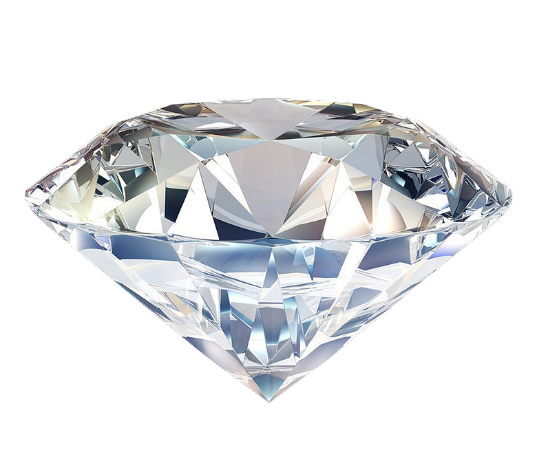
Οne of the most precious, sought-after and adored natural stone on earth.
Diamonds have been used as decorative items since ancient times; with some of the earliest references traced in India. The most famous use of diamond in jewellery is the engagement ring or solitaire. It became popular in the early to mid 20th century, due to an advertising campaign of De Beers company, founded in 1888 by the British businessmen Cecil Rhodes and Barney Barnato, and specializing in diamond mining, refining, retail, trading and industrial manufacturing sectors.
The famous slogan of the campaign conceived by a woman employee of N.W. Ayer & Sons, Inc. advertising agency “A Diamond is Forever”, captured diamond’s strength and timelessness in four simple words, and transformed diamond industry forever.
Diamond is a mineral composed of pure carbon and it is the hardest naturally occurring substance known. Its name comes from the ancient Greek word adamas (αδάμας), meaning “unbreakable,” “invincible” or “unalterable”.
Diamonds’ hardness, brilliance and sparkle make them unsurpassed as gems and mostly desirable in jewellery industry. Since diamonds are considered to be exceptional products, multiple organizations have been established for diamond grading and certification, based on four characteristics, the 4 Cs (carat, cut, color and clarity). The less color a diamond has, the highest the grade, and subsequently the value.

DIAMOND
Οne of the most precious, sought-after and adored natural stone on earth.
Diamonds have been used as decorative items since ancient times; with some of the earliest references traced in India. The most famous use of diamond in jewellery is the engagement ring or solitaire. It became popular in the early to mid 20th century, due to an advertising campaign of De Beers company, founded in 1888 by the British businessmen Cecil Rhodes and Barney Barnato, and specializing in diamond mining, refining, retail, trading and industrial manufacturing sectors.
The famous slogan of the campaign conceived by a woman employee of N.W. Ayer & Sons, Inc. advertising agency “A Diamond is Forever”, captured diamond’s strength and timelessness in four simple words, and transformed diamond industry forever.
Diamond is a mineral composed of pure carbon and it is the hardest naturally occurring substance known. Its name comes from the ancient Greek word adamas (αδάμας), meaning “unbreakable,” “invincible” or “unalterable”.
Diamonds’ hardness, brilliance and sparkle make them unsurpassed as gems and mostly desirable in jewellery industry. Since diamonds are considered to be exceptional products, multiple organizations have been established for diamond grading and certification, based on four characteristics, the 4 Cs (carat, cut, color and clarity). The less color a diamond has, the highest the grade, and subsequently the value.
DIAMOND CREATIONS
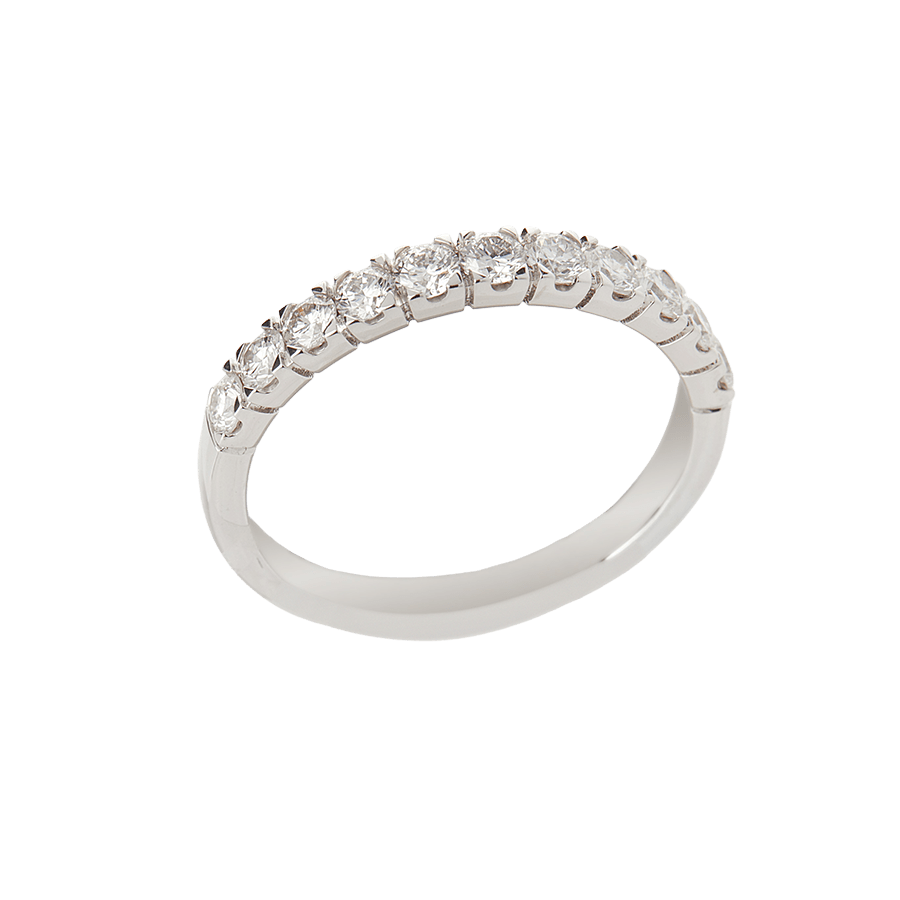
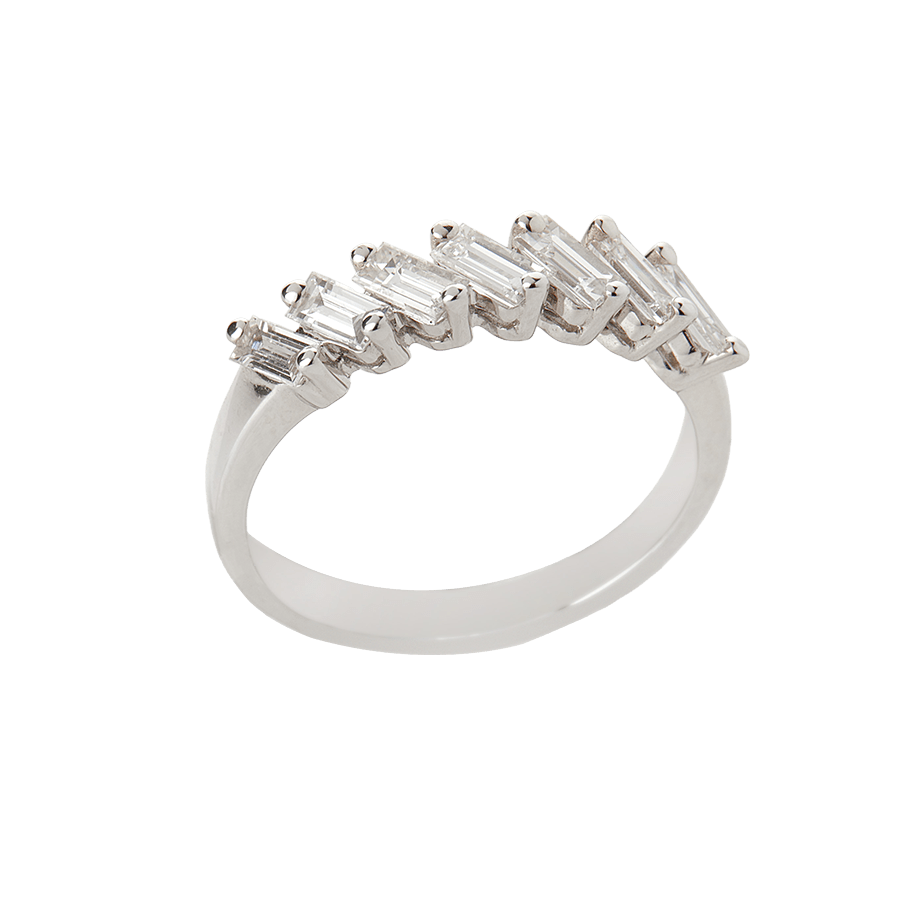
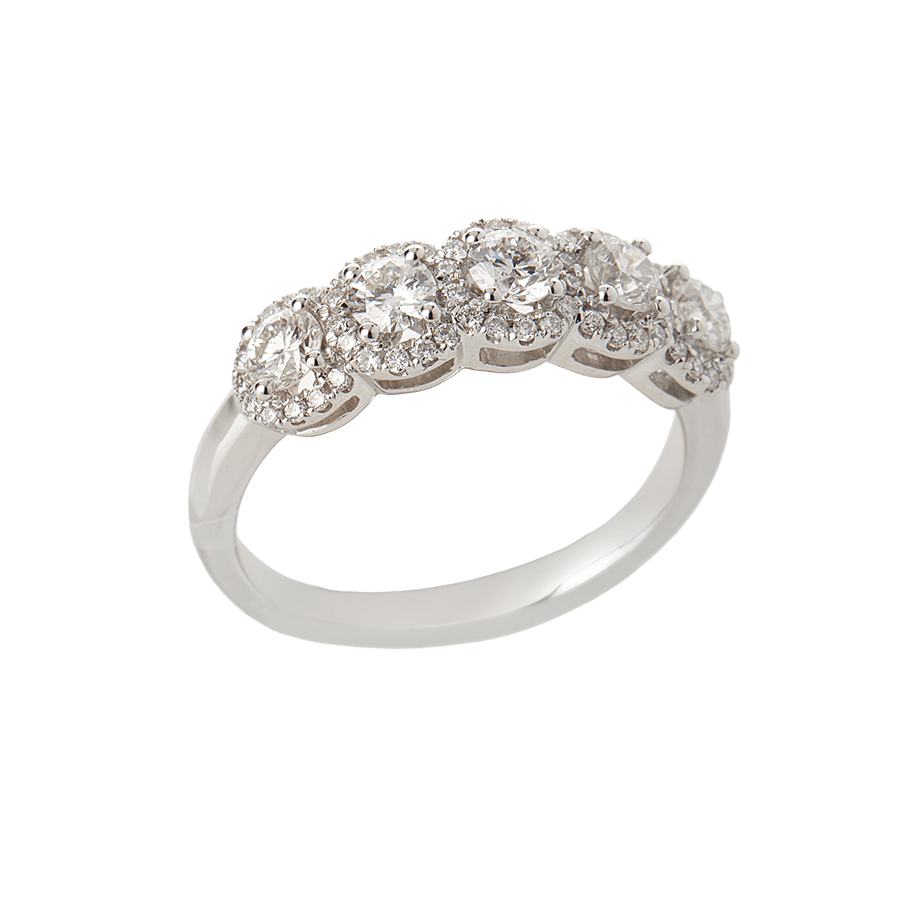
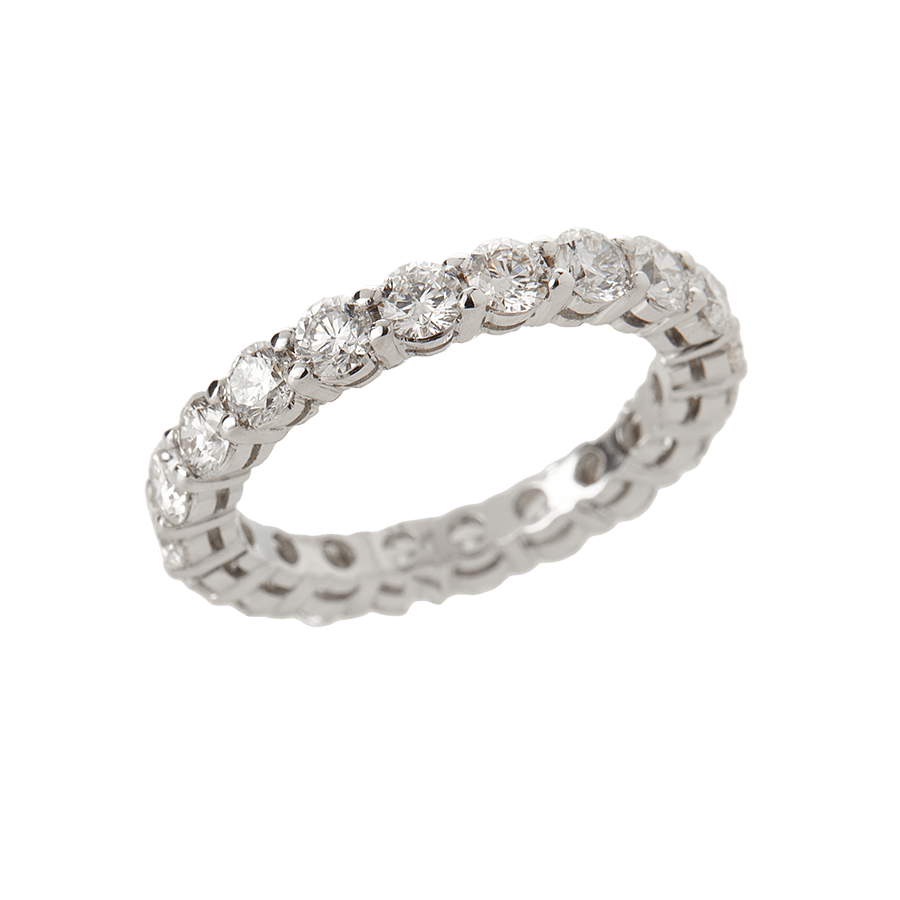
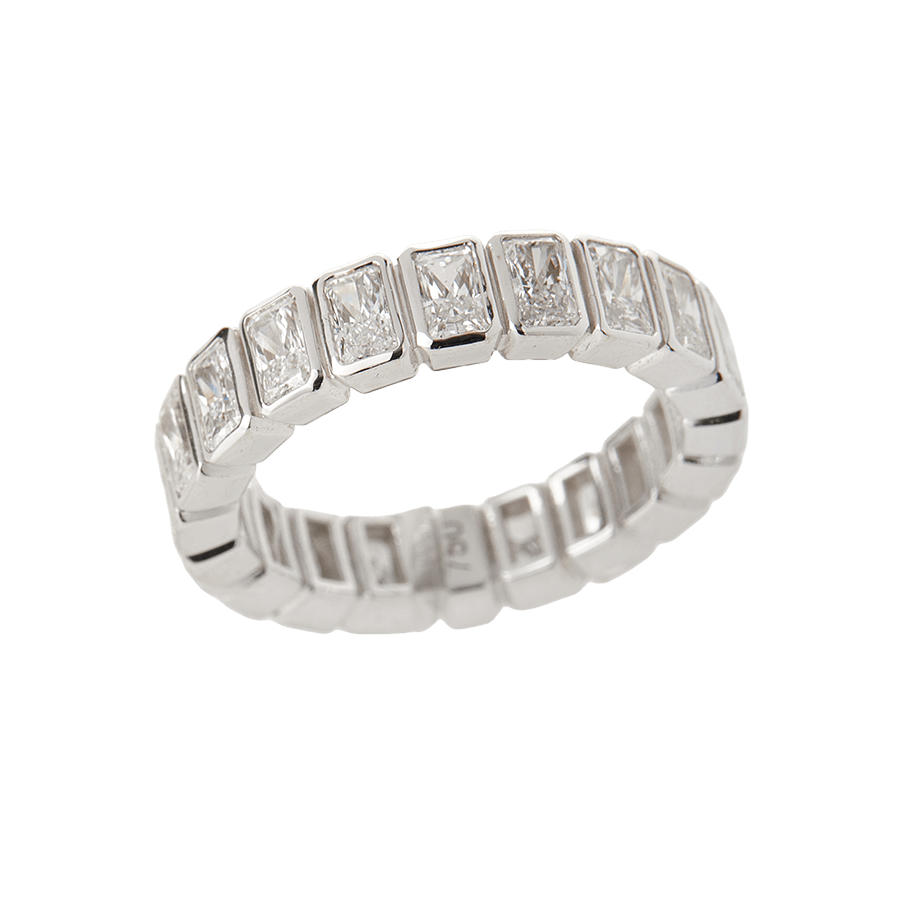
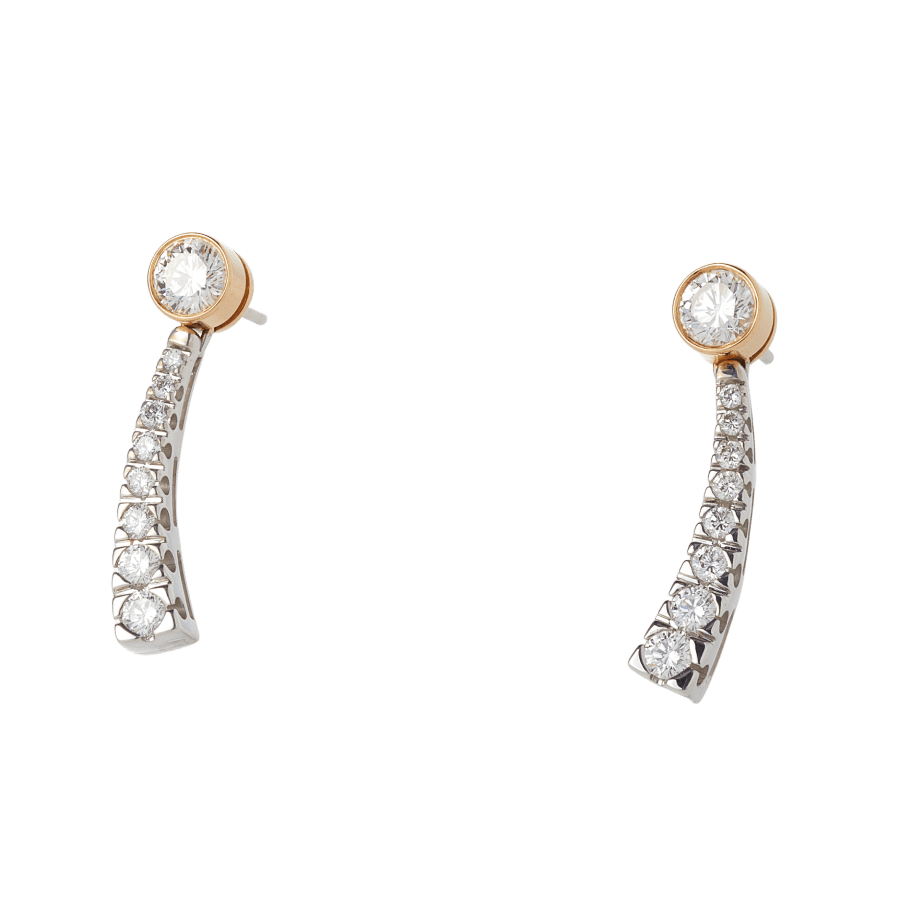
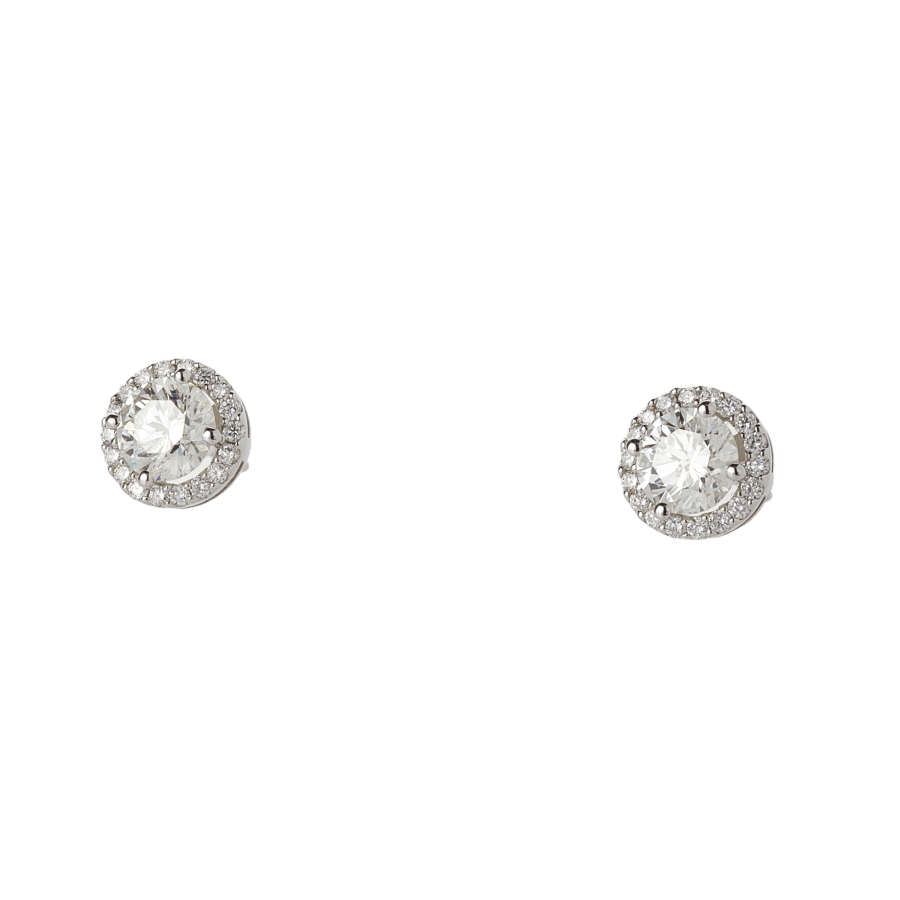
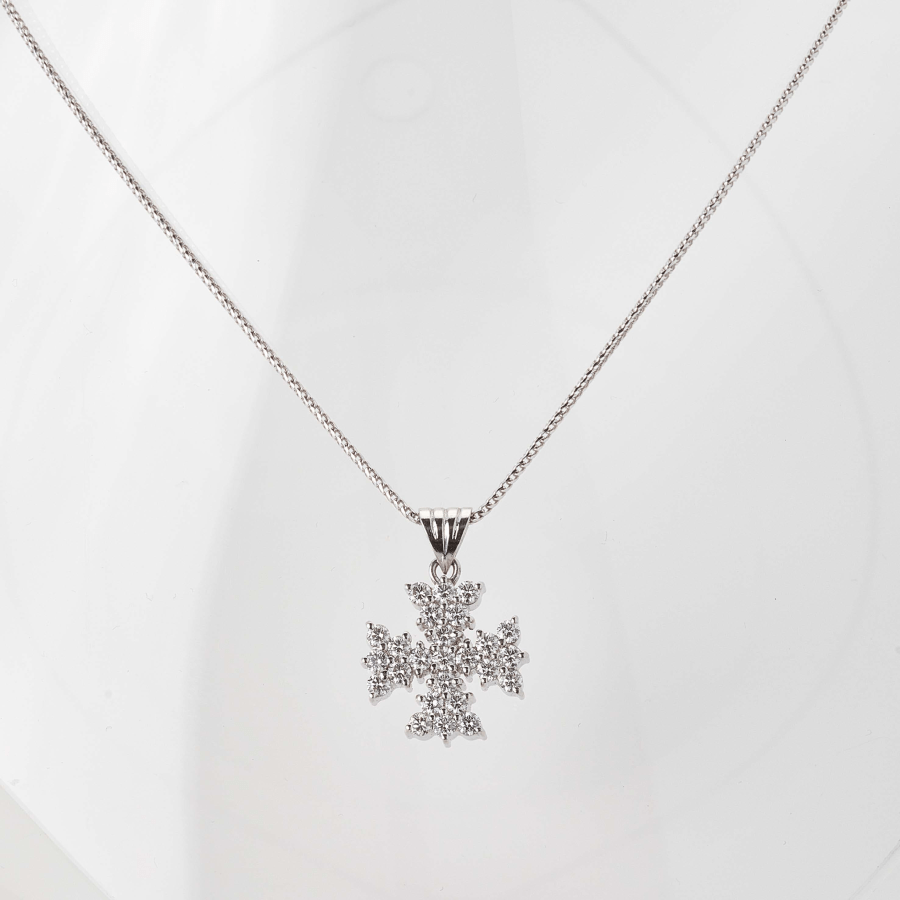
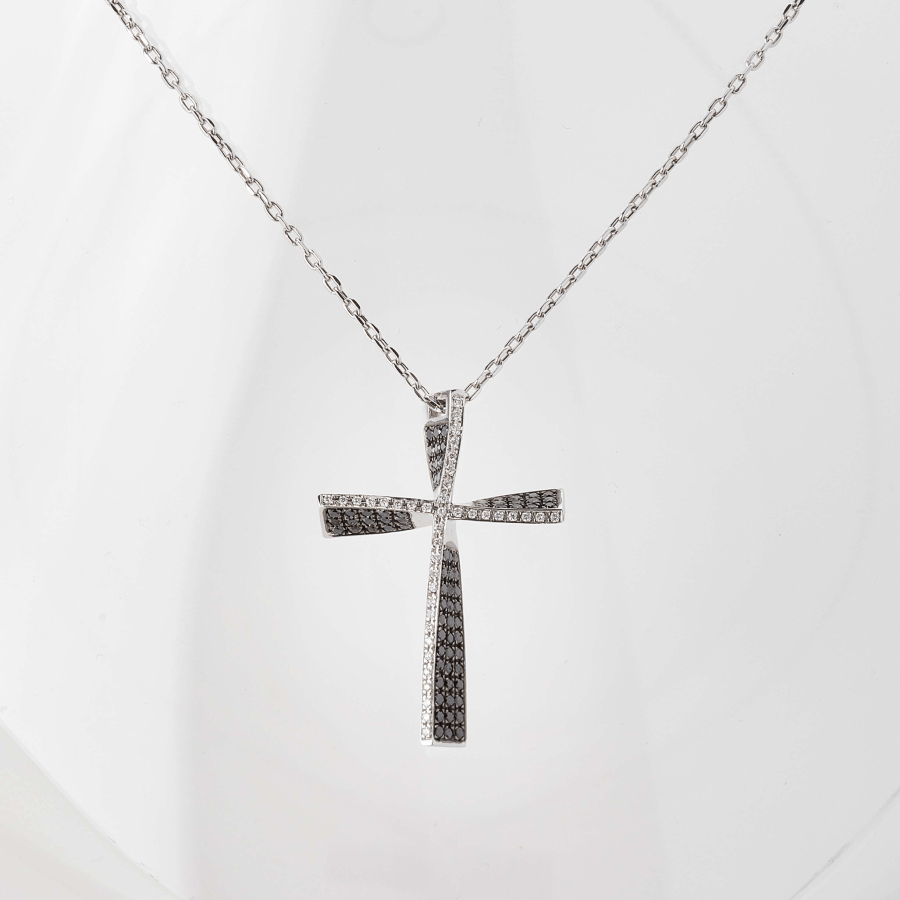
RUBY
Symbol of passion
Ruby was a coveted gem among the European royalty and the upper classes, as it was believed to guarantee health, wealth, wisdom and success in love. Today ruby is still considered to be an ideal romantic gift.
Ruby’s name comes from ruber, the Latin word for red. Ruby is the red variety of the mineral Corundum. Its color, ranging from orange-red to purple-red, is produced by trace amounts of chromium in the mineral.
Since ruby is one of the most important gem in the colored stone market, it has the highest per-carat price than any other colored stone. Its price is primarily determined by the color. The strength of ruby’s red depends on the chromium that is present – the more chromium, the stronger the red color. Chromium can also cause fluorescence, which adds to the intensity of the red color. The brightest and most valuable “red” ruby, called pigeon blood-red, can be found in Myanmar (formerly Burma). Other renowned rubies are from the Himalayas and northern Vietnam.
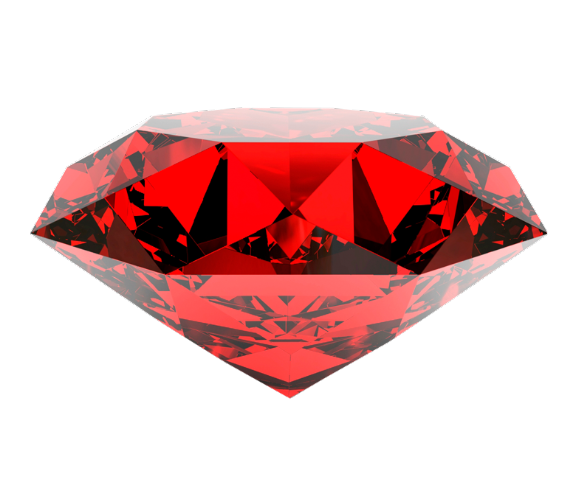
RUBY CREATIONS
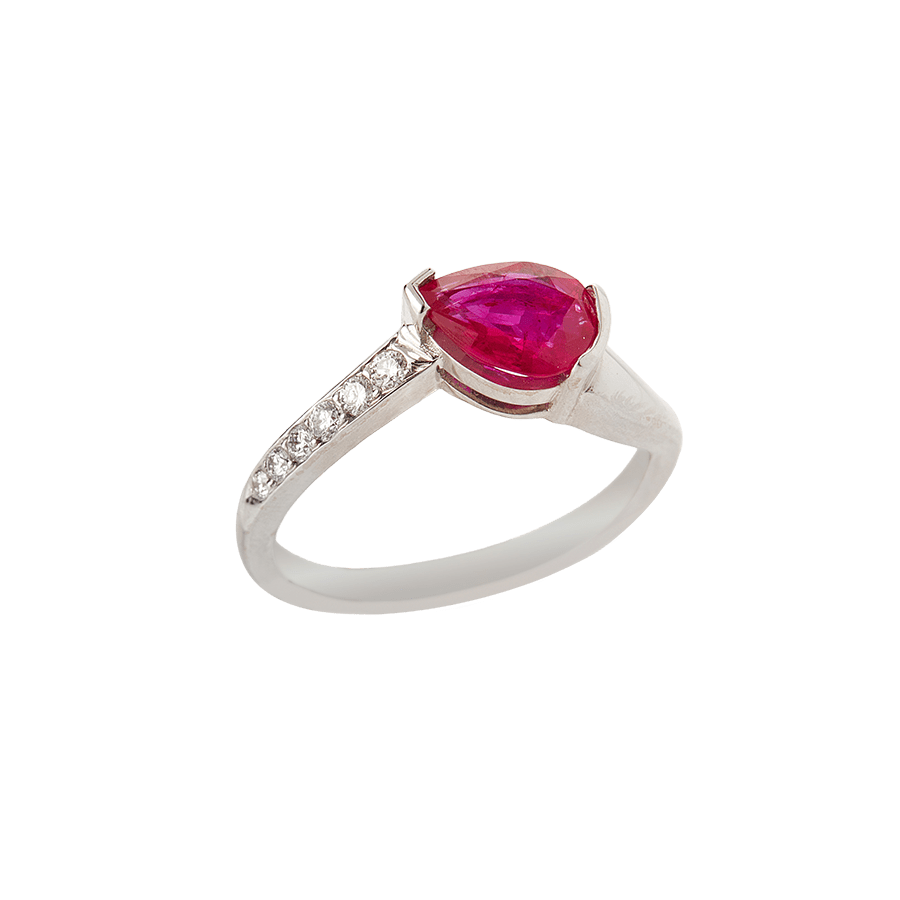
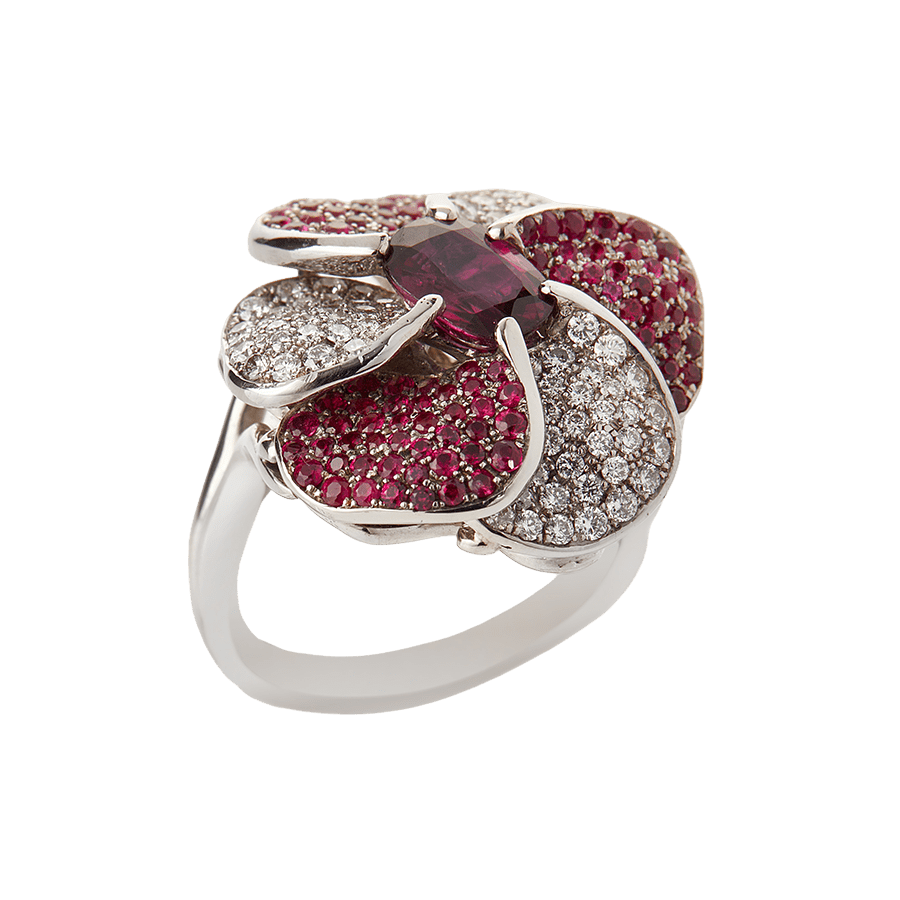
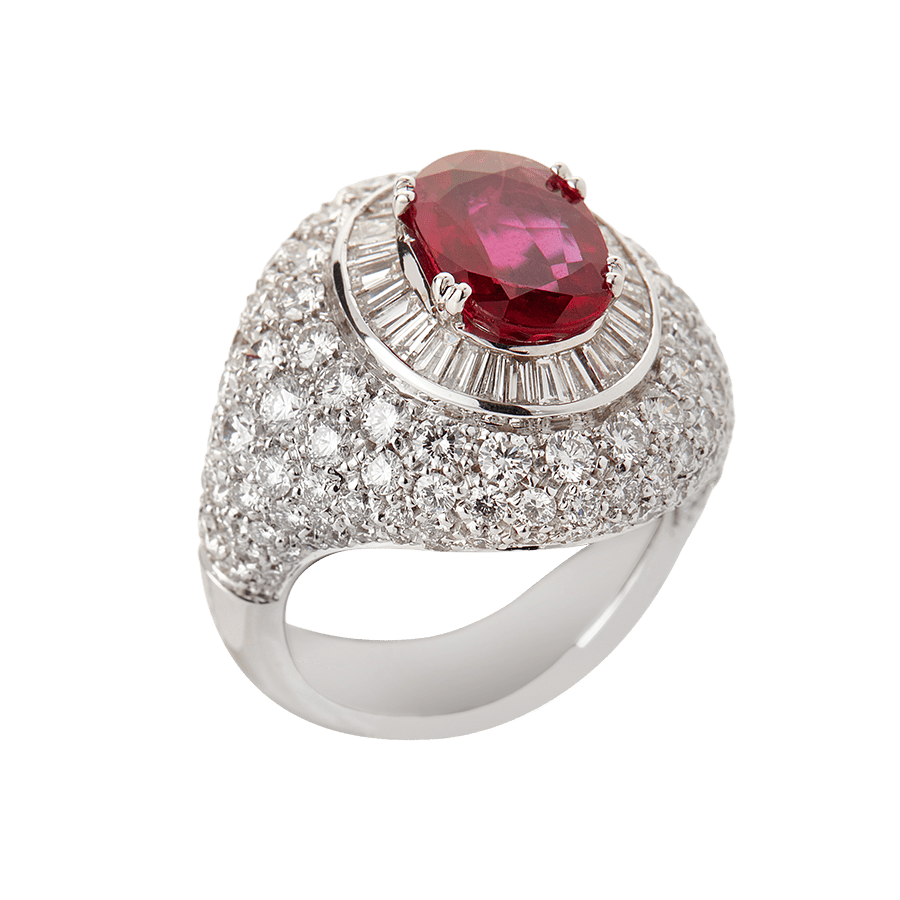
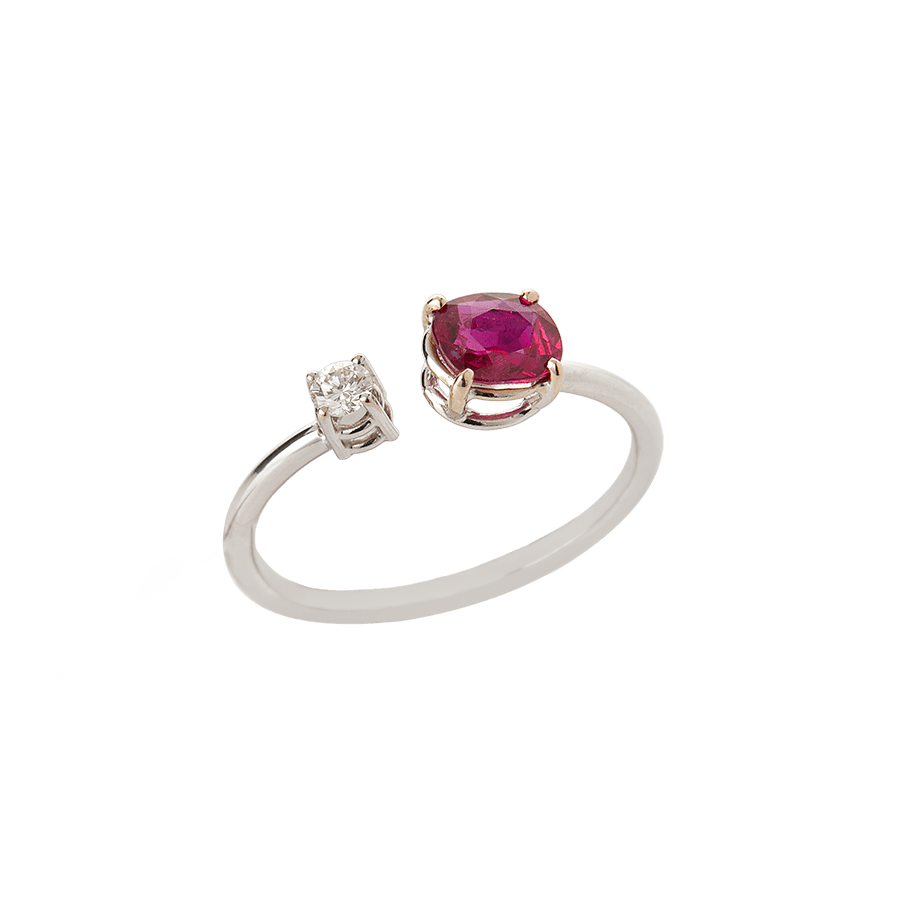
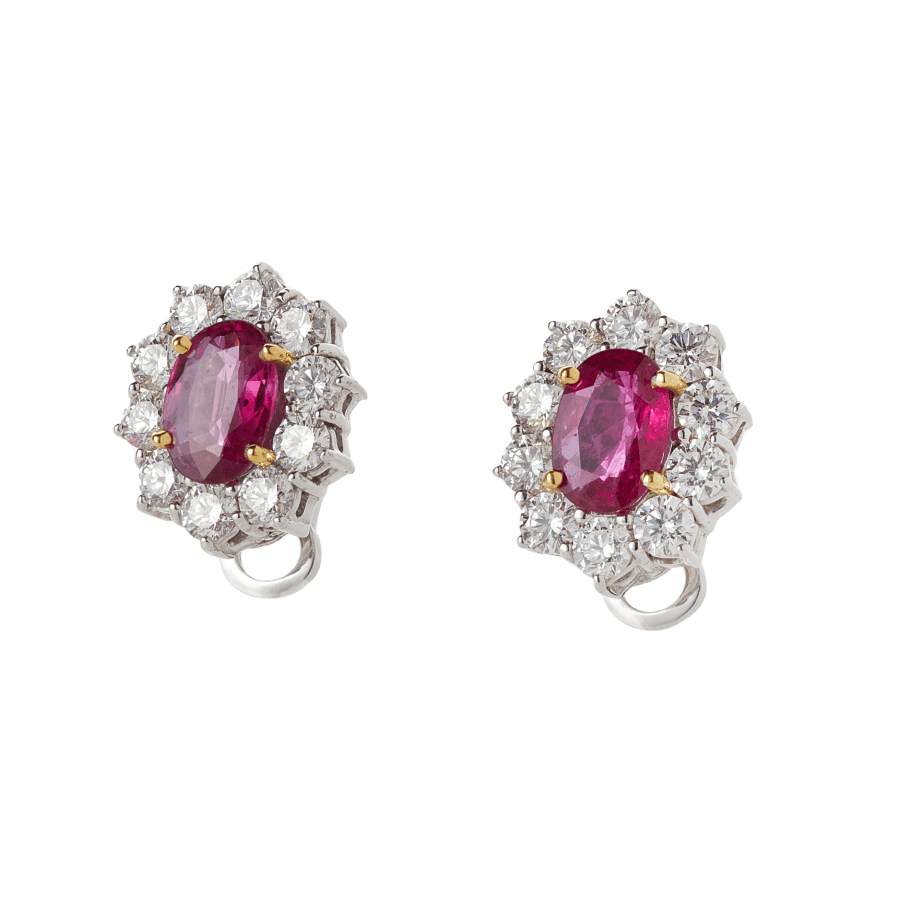

RUBY
Symbol of passion
Ruby was a coveted gem among the European royalty and the upper classes, as it was believed to guarantee health, wealth, wisdom and success in love. Today ruby is still considered to be an ideal romantic gift.
Ruby’s name comes from ruber, the Latin word for red. Ruby is the red variety of the mineral Corundum. Its color, ranging from orange-red to purple-red, is produced by trace amounts of chromium in the mineral.
Since ruby is one of the most important gem in the colored stone market, it has the highest per-carat price than any other colored stone. Its price is primarily determined by the color. The strength of ruby’s red depends on the chromium that is present – the more chromium, the stronger the red color. Chromium can also cause fluorescence, which adds to the intensity of the red color. The brightest and most valuable “red” ruby, called pigeon blood-red, can be found in Myanmar (formerly Burma). Other renowned rubies are from the Himalayas and northern Vietnam.
RUBY CREATIONS





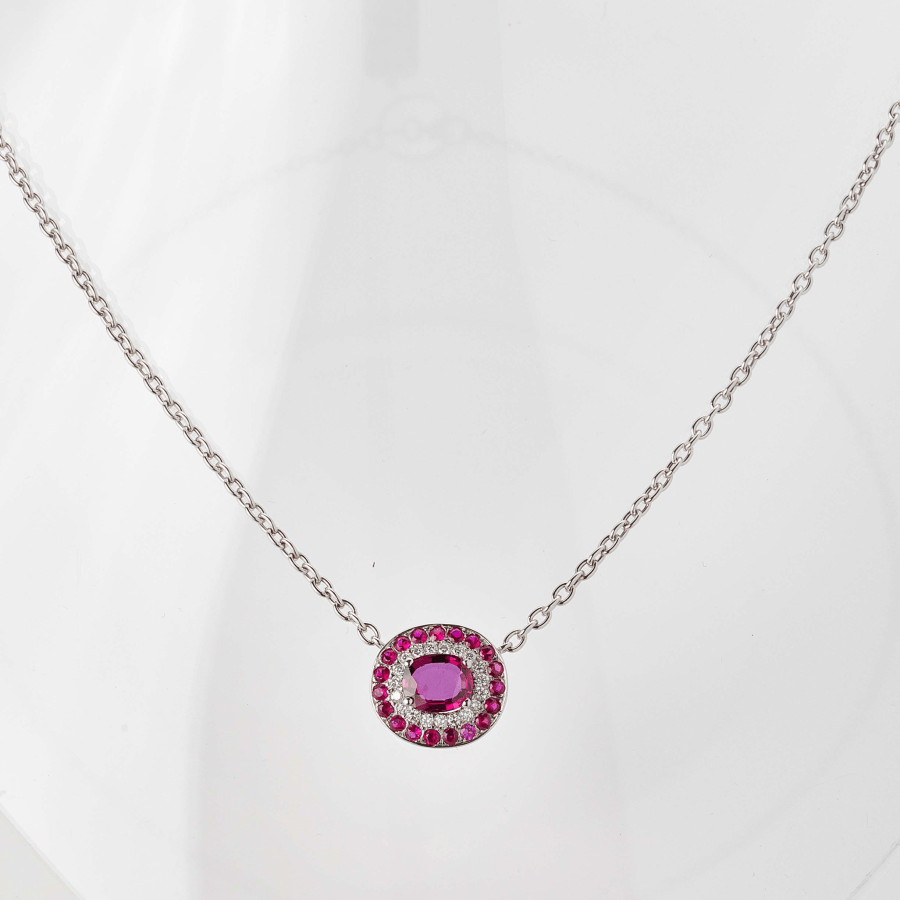
EMERALD
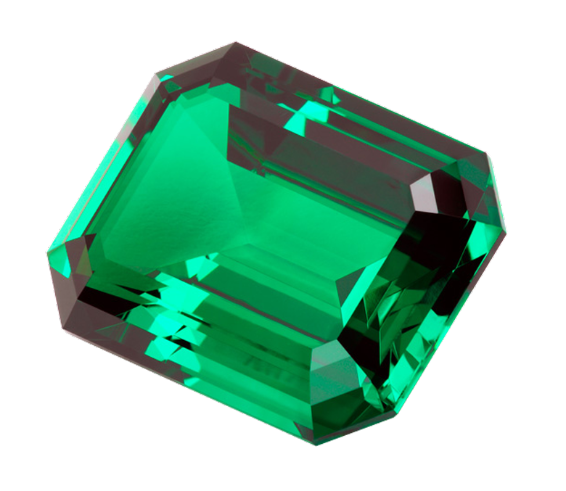
Emerald green – colour of nature – symbol of life, fertility and abundance.
The word “Emerald” is derived from the Vulgar Latin word esmaralda/esmaraldus, a variant of the Latin word Smaragdus, which originates from the Greek word “σμάραγδος” (= green gem).
The first known emerald mines were in Egypt, dating from at least 330 BC into the 1700s. Cleopatra was known to have a passion for emerald, and used it in her royal adornments. Legend has it that emerald has the power to make its wearer more intelligent and quick-witted. Today, emerald is traditional to be given for the 20th and 35th wedding anniversaries.
Emerald is the green variety of the mineral Beryl. It has deep green color, due to the traces of chromium, and sometimes vanadium, it includes.
In gemology, color consists of three properties: hue, saturation and tone. Emeralds have hues ranging from yellow-green to blue-green, with green being the primary hue. The finest emerald has tone approximately 75%, on a scale where 0% tone would be colorless and 100% would be opaque black. Finally, saturation gives the characteristic of brightness in the stone.
EMERALD CREATIONS
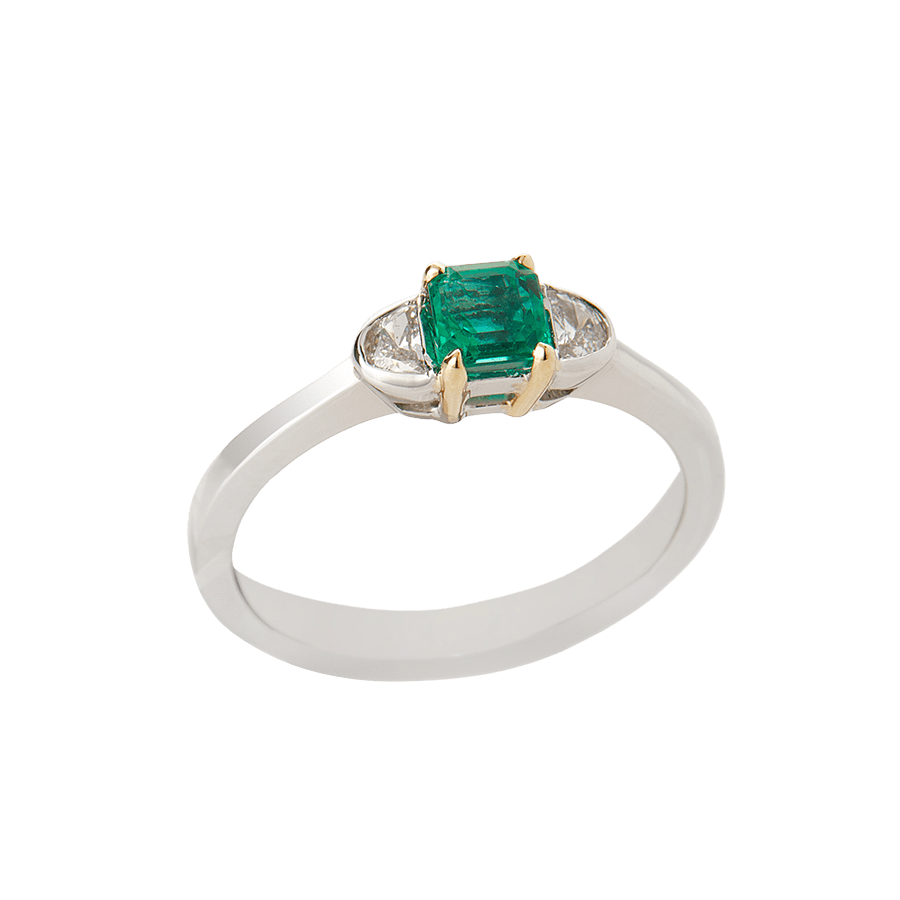
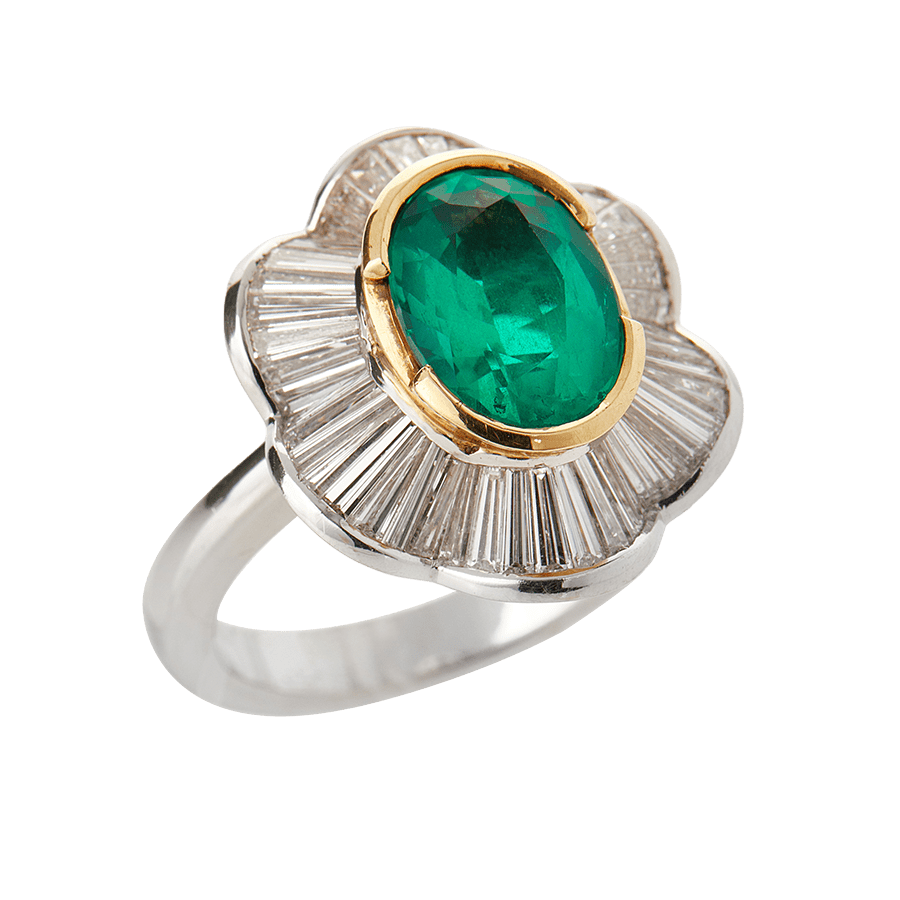
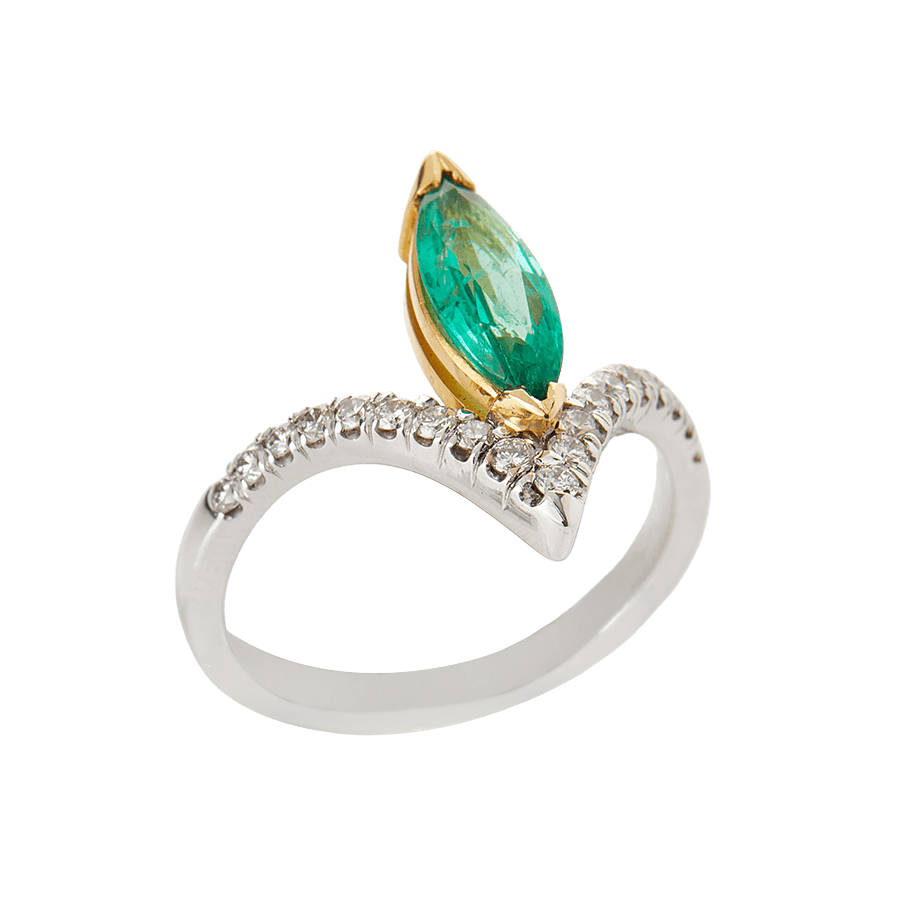
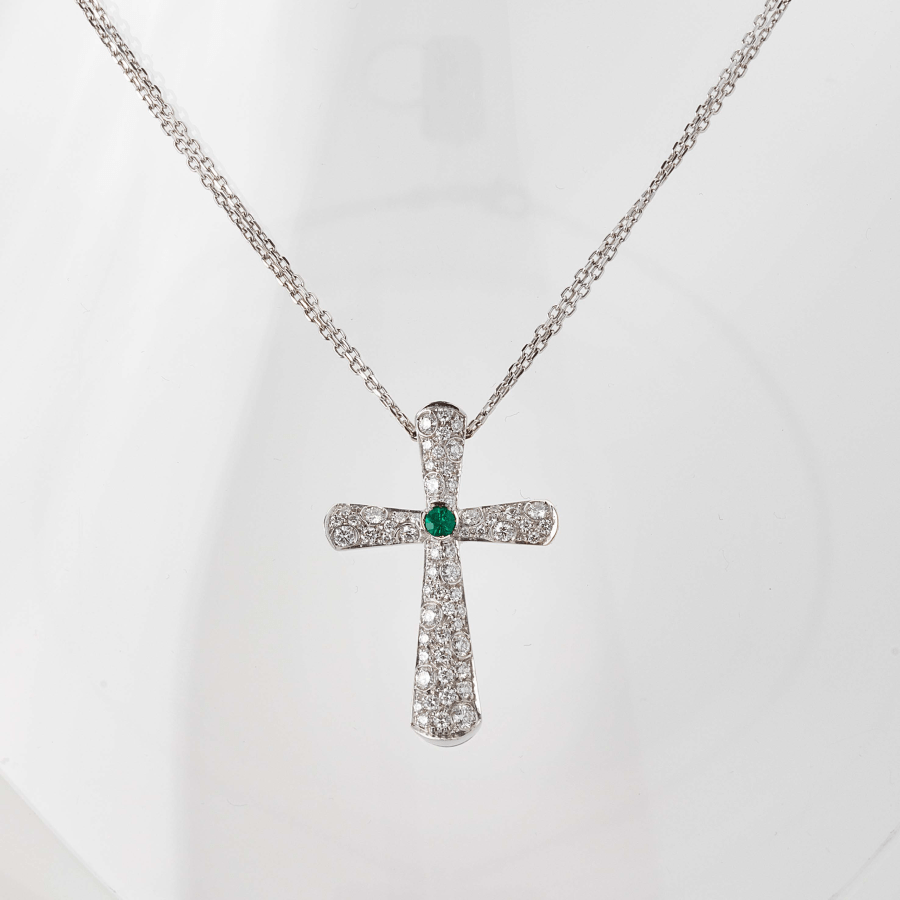
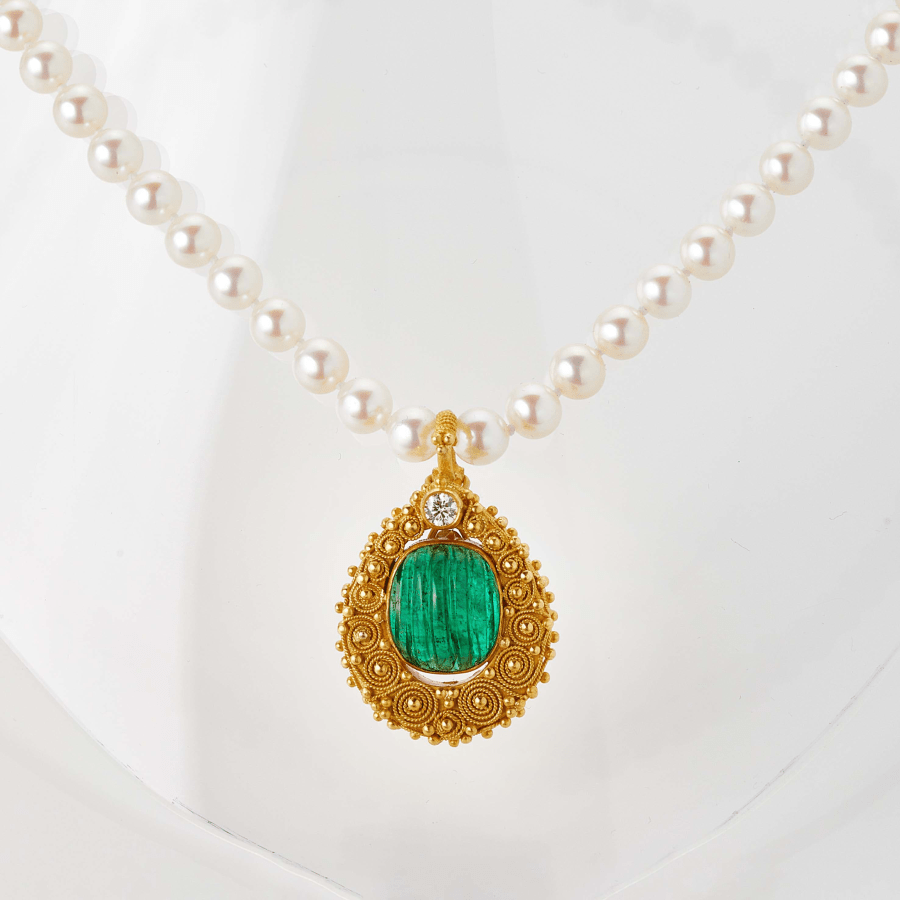
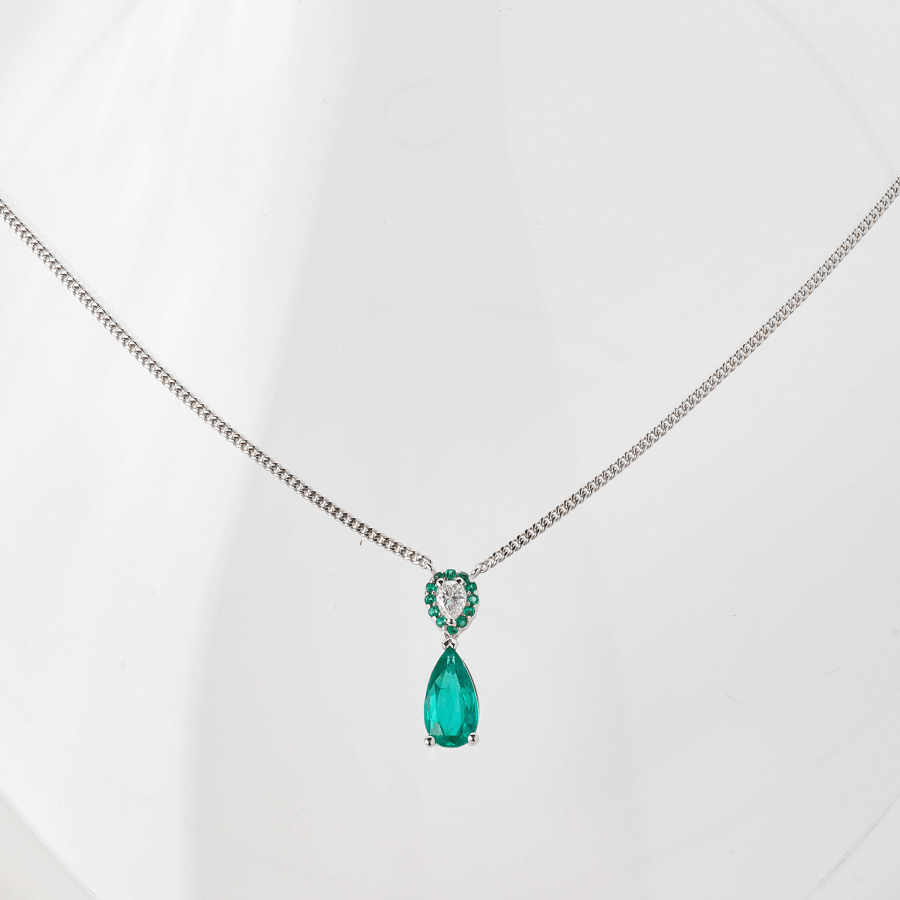

EMERALD
Emerald green – colour of nature – symbol of life, fertility and abundance.
The word “Emerald” is derived from the Vulgar Latin word esmaralda/esmaraldus, a variant of the Latin word Smaragdus, which originates from the Greek word “σμάραγδος” (= green gem).
The first known emerald mines were in Egypt, dating from at least 330 BC into the 1700s. Cleopatra was known to have a passion for emerald, and used it in her royal adornments. Legend has it that emerald has the power to make its wearer more intelligent and quick-witted. Today, emerald is traditional to be given for the 20th and 35th wedding anniversaries.
Emerald is the green variety of the mineral Beryl. It has deep green color, due to the traces of chromium, and sometimes vanadium, it includes.
In gemology, color consists of three properties: hue, saturation and tone. Emeralds have hues ranging from yellow-green to blue-green, with green being the primary hue. The finest emerald has tone approximately 75%, on a scale where 0% tone would be colorless and 100% would be opaque black. Finally, saturation gives the characteristic of brightness in the stone.
EMERALD CREATIONS






SAPPHIRE
Associated with royalty and romance
Traditionally, sapphire symbolizes nobility, truth, sincerity, and faithfulness. Sapphire is also the gem commemorating the 5th and 45th wedding anniversaries.
The world’s most famous sapphire in recent years is the 12 Ct blue gem surrounded by diamonds in the sapphire engagement ring first worn by Princess Diana and then given by her son to Kate Middleton, now the Duchess of Cambridge.
Sapphire is a gemstone variety of the mineral corundum, an aluminum oxide (Al2O3). Trace amounts of other elements such as iron, titanium, chromium, copper, or magnesium give corundum blue, yellow, purple, orange, or a greenish color. Chromium impurities in corundum give a pink or red tone to the stone, from which the latter makes it a ruby. From all sapphires only the blue ones are regarded as precious.
Three of the most important sources of sapphires are Kashmir, Myanmar (formerly Burma) and Sri Lanka. Significant quantities have also been found in Australia, Thailand, Cambodia, Madagascar and the United States (Montana), among other countries in Asia and Africa
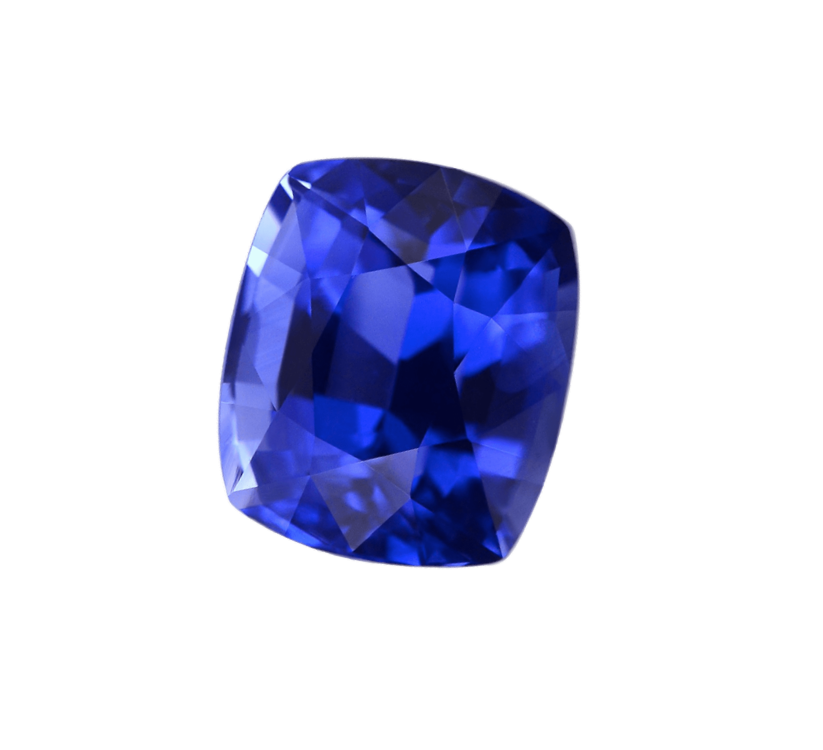
SAPPHIRE CREATIONS
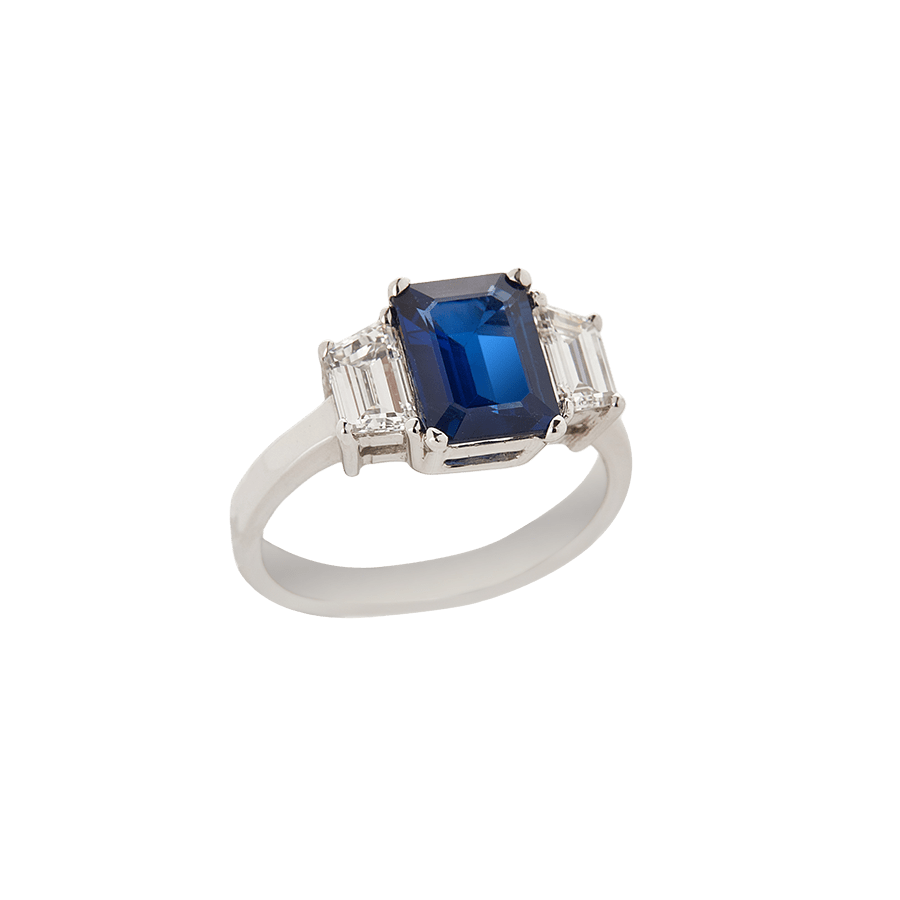
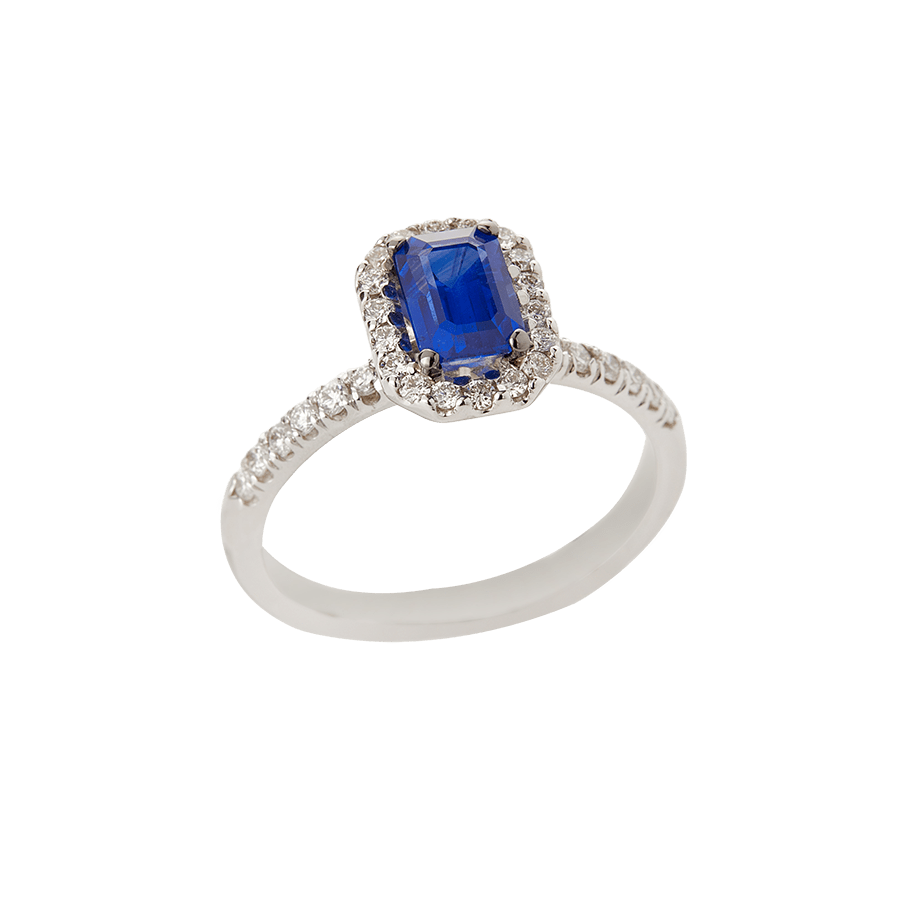
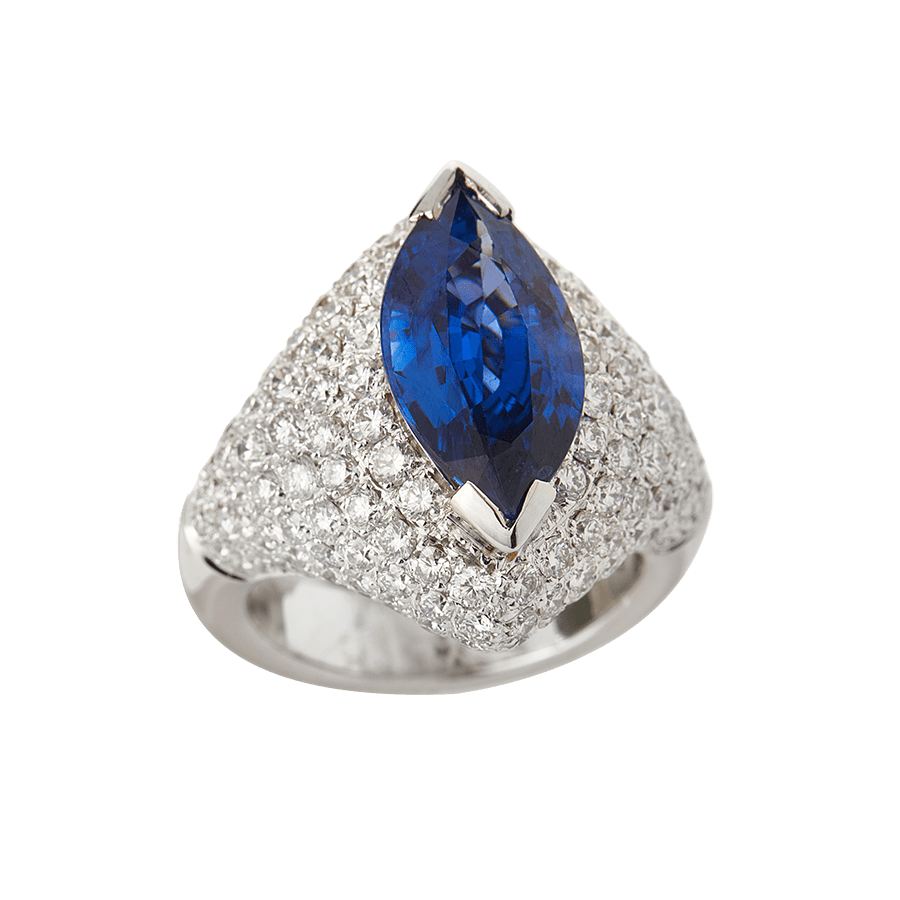
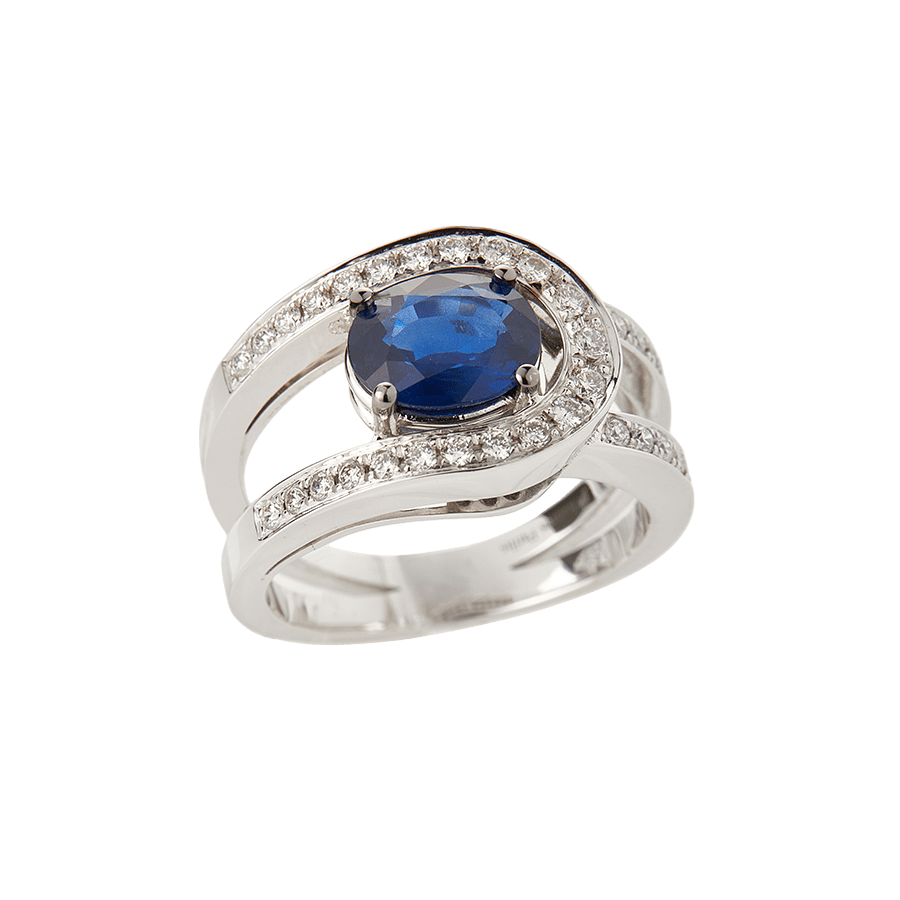
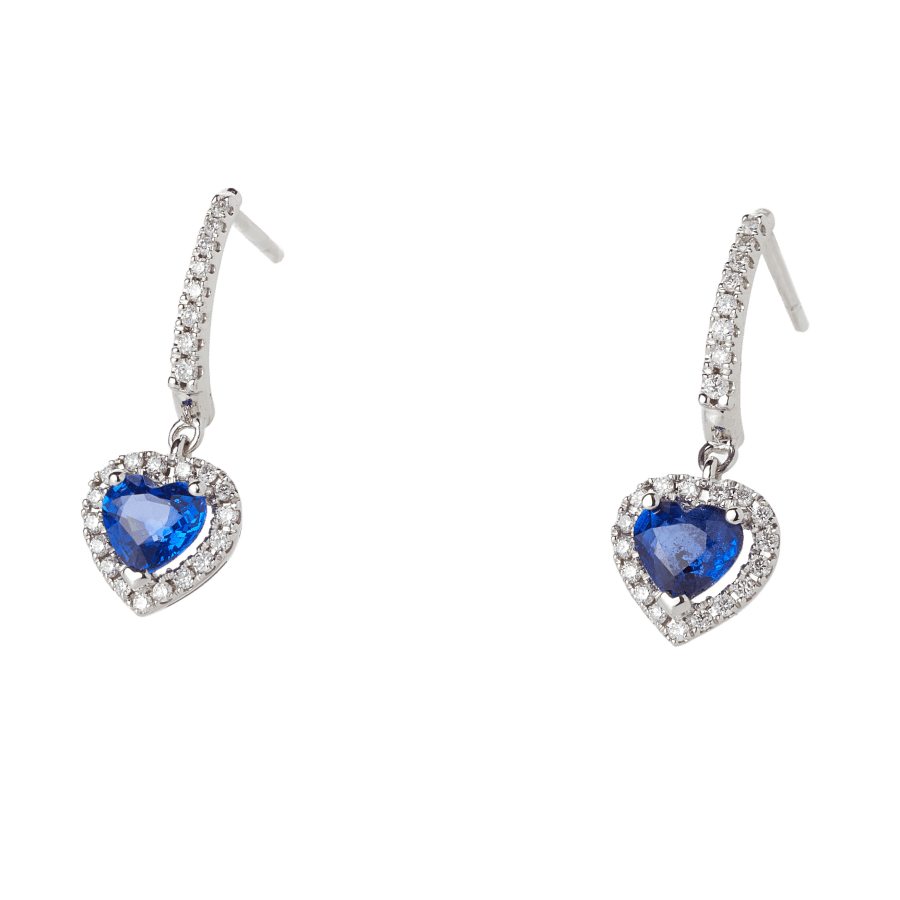

SAPPHIRE
Associated with royalty and romance
Traditionally, sapphire symbolizes nobility, truth, sincerity, and faithfulness. Sapphire is also the gem commemorating the 5th and 45th wedding anniversaries.
The world’s most famous sapphire in recent years is the 12 Ct blue gem surrounded by diamonds in the sapphire engagement ring first worn by Princess Diana and then given by her son to Kate Middleton, now the Duchess of Cambridge.
Sapphire is a gemstone variety of the mineral corundum, an aluminum oxide (Al2O3). Trace amounts of other elements such as iron, titanium, chromium, copper, or magnesium give corundum blue, yellow, purple, orange, or a greenish color. Chromium impurities in corundum give a pink or red tone to the stone, from which the latter makes it a ruby. From all sapphires only the blue ones are regarded as precious.
Three of the most important sources of sapphires are Kashmir, Myanmar (formerly Burma) and Sri Lanka. Significant quantities have also been found in Australia, Thailand, Cambodia, Madagascar and the United States (Montana), among other countries in Asia and Africa
SAPHIRE CREATIONS





